What is a good solar spot light
Solar spot lights have revolutionized outdoor illumination, offering an eco-friendly and cost-effective solution for homeowners and businesses alike. These versatile lighting fixtures harness the power of the sun to provide targeted illumination, enhancing the beauty and security of outdoor spaces. But with the myriad of options available in the market, how do you determine what makes a good solar spot light? Let’s delve into the world of solar spot lights and understand the key factors that set high-quality units apart from the rest.
Essential Features of High-Quality Solar Spot Lights
When searching for the perfect solar spot light, several crucial features should be on your radar. A good solar spot light combines efficiency, durability, and performance to deliver exceptional illumination night after night.
One of the most critical components of any solar spot light is its photovoltaic panel. Premium solar spot lights utilize high-efficiency monocrystalline or polycrystalline silicon solar panels. These panels excel at converting sunlight into electricity, even in less-than-ideal weather conditions. Look for solar spot lights with panels that boast conversion rates of 20% or higher for optimal performance.
Battery capacity is another vital consideration. Top-tier solar spot lights typically feature lithium-ion batteries with capacities ranging from 2000mAh to 4000mAh. These robust batteries ensure your lights can operate for extended periods, often up to 8-12 hours on a full charge. Some advanced models even incorporate intelligent power management systems that adjust light output based on remaining battery life, maximizing runtime during cloudy periods.
The light-emitting diodes (LEDs) used in solar spot lights play a crucial role in their overall performance. High-quality units employ modern, energy-efficient LEDs that produce bright, crisp light while consuming minimal power. Look for solar spot lights with color temperatures between 2700K (warm white) and 6000K (cool white), depending on your aesthetic preferences and the intended application.
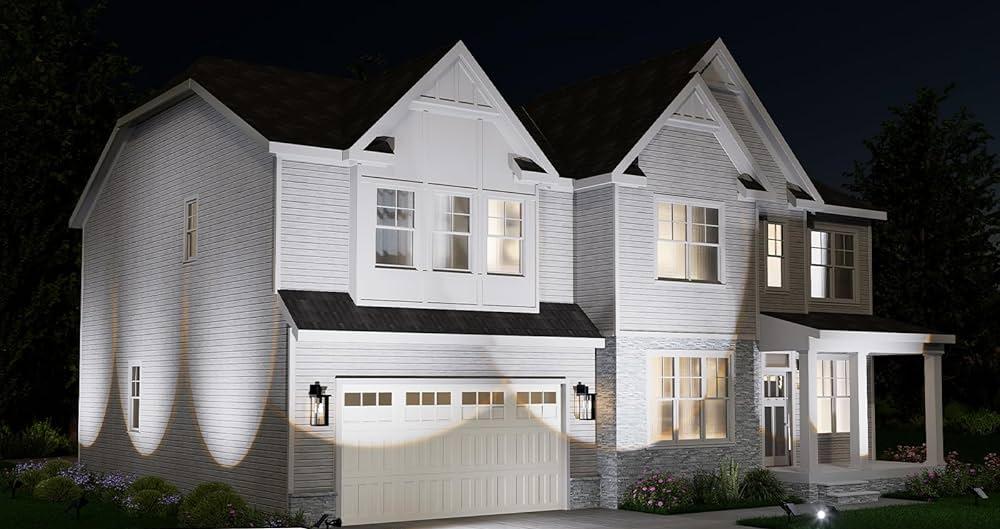
Durability is paramount for any outdoor lighting fixture. Superior solar spot lights feature robust construction, often utilizing materials like die-cast aluminum or high-impact ABS plastic. These materials offer excellent resistance to weathering, UV radiation, and physical impacts. Additionally, look for models with an Ingress Protection (IP) rating of at least IP65, which ensures protection against dust and water jets from any direction.
Adjustability is another hallmark of good solar spot lights. High-quality units often feature adjustable solar panels and light heads, allowing you to optimize sunlight capture and precisely direct illumination where it’s needed most. Some advanced models even offer remote-controlled adjustment, enabling easy fine-tuning without the need for manual repositioning.
Illuminating Performance: What Sets Great Solar Spot Lights Apart
While essential features form the foundation of a good solar spot light, truly exceptional units go above and beyond in terms of performance and functionality.
Lumens, the measure of light output, is a key performance indicator for solar spot lights. While the ideal brightness depends on the specific application, high-quality solar spot lights typically offer outputs ranging from 200 to 1000 lumens. Some premium models even feature adjustable brightness settings, allowing users to tailor the light output to their needs and conserve battery life when full brightness isn’t necessary.
Beam angle is another critical factor in solar spot light performance. Superior models offer a range of beam angles, from narrow spots (15-30 degrees) for highlighting specific features to wider floods (60-120 degrees) for general area illumination. Some versatile solar spot lights even incorporate adjustable beam angles, providing unparalleled flexibility in lighting design.
Color rendering is an often-overlooked aspect of solar spot light performance. High-quality units boast Color Rendering Index (CRI) values of 80 or higher, ensuring that illuminated objects appear vibrant and true-to-life. This is particularly important for landscape lighting applications where accurate color representation can significantly enhance the visual appeal of plants, flowers, and architectural features.
Motion sensing capabilities can elevate a good solar spot light to greatness. Advanced models incorporate passive infrared (PIR) sensors that detect movement and trigger the light to activate or increase in brightness. This feature not only enhances security but also conserves battery life by ensuring the light operates at full capacity only when needed.
Smart connectivity is becoming increasingly common in high-end solar spot lights. These cutting-edge units can be controlled and monitored via smartphone apps or integrated into existing smart home ecosystems. Features like scheduling, remote activation, and real-time battery status monitoring add a new dimension of convenience and control to outdoor lighting.
Choosing the Right Solar Spot Light for Your Needs
With a clear understanding of what makes a good solar spot light, the next step is selecting the right model for your specific requirements. Consider the following factors when making your decision:
Intended use is paramount when choosing a solar spot light. Are you looking to highlight landscaping features, illuminate walkways, or enhance security around your property? Different applications may require varying levels of brightness, beam angles, and additional features like motion sensing.
Available sunlight in your location plays a crucial role in solar spot light performance. If you live in an area with limited sun exposure, opt for models with high-efficiency solar panels and larger battery capacities to ensure reliable operation. Some advanced solar spot lights even feature supplementary charging options, such as USB ports, for locations with consistently overcast conditions.
Aesthetic considerations shouldn’t be overlooked when selecting solar spot lights. While performance is crucial, the fixtures should also complement your outdoor décor. Many high-quality solar spot lights come in a variety of finishes and designs, from sleek modern styles to more traditional looks, ensuring you can find a model that enhances your outdoor space both day and night.
Installation requirements vary among solar spot lights. Some models are designed for easy DIY installation with simple stake mounting, while others may require more permanent fixtures or professional installation. Consider your comfort level with installation and any specific mounting needs when choosing a solar spot light.
Budget is, of course, a factor in any purchasing decision. While high-quality solar spot lights may command a premium price, they often prove more cost-effective in the long run due to their superior durability, performance, and energy efficiency. Consider the total cost of ownership, including potential energy savings and reduced maintenance needs, when evaluating different models.
Conclusion
In conclusion, a good solar spot light combines robust construction, efficient solar panels, powerful batteries, and high-performance LEDs to deliver reliable, eco-friendly illumination. By considering factors such as intended use, local conditions, and specific features, you can select the perfect solar spot light to enhance your outdoor space.
For those seeking top-quality solar lighting solutions, BITPOTT offers a range of innovative solar spot lights designed to meet diverse needs. With a focus on quality control, efficient communication, and continuous innovation, BITPOTT stands at the forefront of solar lighting technology. Their team of experts is always ready to assist you in finding the perfect solar spot light for your unique requirements. To learn more about BITPOTT’s solar lighting solutions or to discuss your specific needs, don’t hesitate to reach out to their knowledgeable team at info@forigat.com.
References
- U.S. Department of Energy. (2021). Solar Lighting. Office of Energy Efficiency & Renewable Energy. https://www.energy.gov/energysaver/solar-lighting
- Illuminating Engineering Society. (2020). IES Lighting Handbook, 10th Edition. https://www.ies.org/product/lighting-handbook-10th-edition/
- National Renewable Energy Laboratory. (2022). Best Research-Cell Efficiency Chart. https://www.nrel.gov/pv/cell-efficiency.html
- International Electrotechnical Commission. (2013). IEC 60529:1989+AMD1:1999+AMD2:2013 CSV Consolidated version: Degrees of protection provided by enclosures (IP Code). https://webstore.iec.ch/publication/2452
- U.S. Environmental Protection Agency. (2022). Energy Star Program Requirements for Luminaires. https://www.energystar.gov/products/lighting_fans/light_fixtures


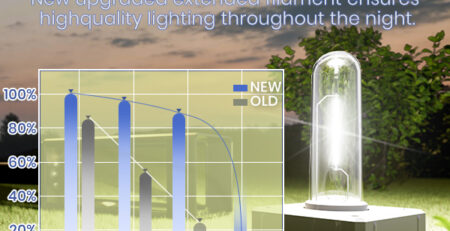
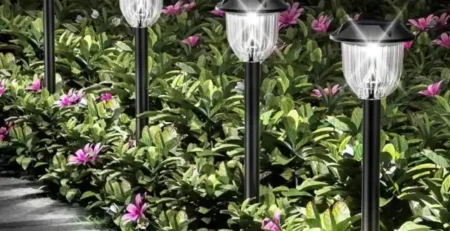
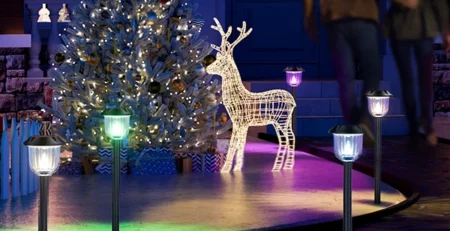
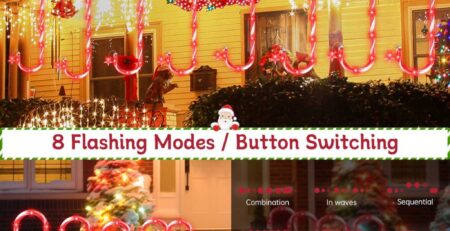

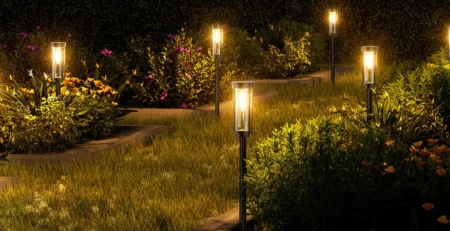
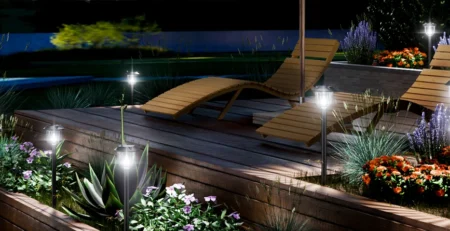
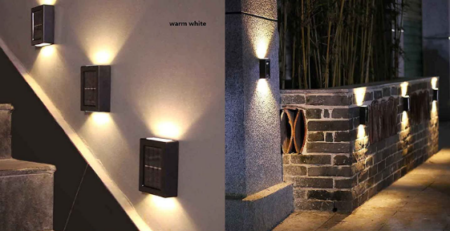

Leave a Reply